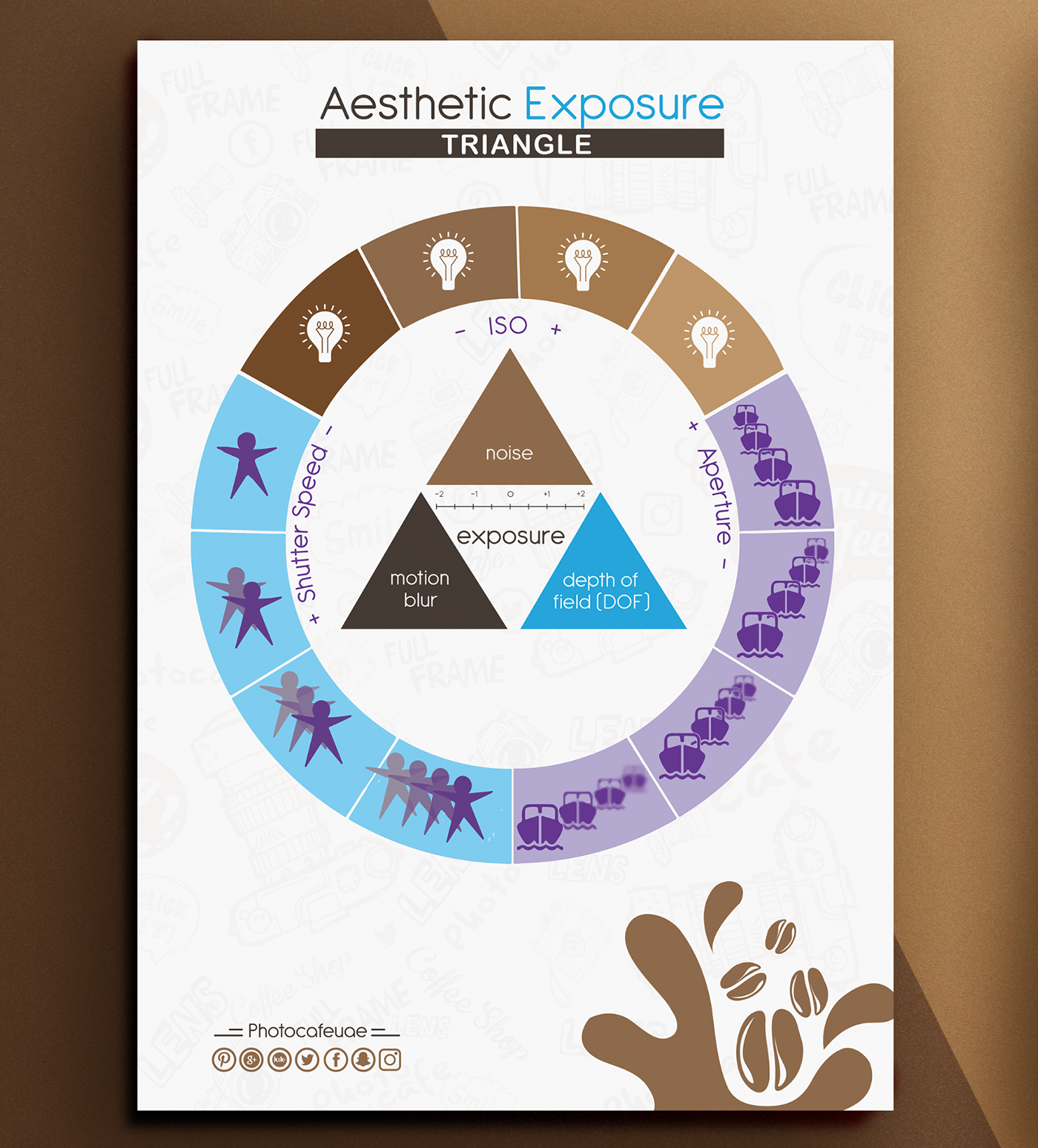The Relevance Of Lighting In Digital Photography And How To Master It
The Relevance Of Lighting In Digital Photography And How To Master It
Blog Article
Content Created By-Gross Kenny
When you pick up your electronic camera, you may not realize exactly how essential illumination remains in shaping your photos. It can change a regular scene into something phenomenal, impacting not simply the clearness but also the state of mind of your photos. Comprehending the details of light-- its instructions, high quality, and shade-- can boost your job to brand-new heights. However how do you master these aspects effectively? Discovering numerous lights strategies and trying out various configurations could be the trick to opening your complete capacity as a photographer. Let's discover what makes light not just necessary, but vital.
The Duty of Light in Digital photography
Light's effect on digital photography can't be overemphasized; it shapes the state of mind, highlights details, and creates deepness in your photos. When you grab your electronic camera, think of how light communicates with your topic. The instructions and high quality of light can either improve or decrease the elements you wish to catch.
For example, soft, diffused light can develop a wonderful atmosphere, while rough, straight light can generate stark contrasts and sharp darkness.
As you experiment, observe just how various times of day impact your shots. Early morning and late afternoon usually supply the most flattering light, referred to as the "golden hour." This cozy light can produce sensational results that draw viewers in.
On the other hand, shooting at noon can lead to uncomplimentary shadows, so keep that in mind.
In addition, take into consideration the color of light. All-natural light differs throughout the day, and fabricated light sources can present different shades to your scenes.
Changing your white equilibrium can help you achieve the preferred result. Eventually, understanding the duty of light will change your photography, allowing you to tell tales and evoke emotions with every photo you catch.
Sorts Of Lighting Techniques
Commonly, professional photographers rely on various lights methods to attain their preferred results and enhance their pictures. Recognizing these techniques allows you to adjust light creatively, making a considerable distinction in your photography.
One preferred strategy is all-natural lights, where you use sunshine to illuminate your subject. This approach can develop soft, attractive darkness and highlights, specifically during the gold hour-- shortly after daybreak or before sunset.
One more technique is making use of artificial lights, that includes studio lights, speedlights, or LED panels. You can control the strength and instructions of the light, allowing for much more specific outcomes.
Backlighting is another effective technique; putting the source of light behind your subject can create a striking shape or emphasize edges, including deepness to your photos.
You might additionally explore high-key and low-key lights styles. High-key lighting generates bright, uniformly lit pictures with minimal darkness, while low-key lighting highlights contrast and drama with deep shadows.
read article has its strengths, and explore them will certainly aid you find your unique style.
Tips for Mastering Illumination
Grasping illumination can absolutely change your photography, so it's essential to get an understanding on some useful pointers.
Initially, always take notice of the instructions of light. Light coming from the side can create depth, while front lighting often tends to flatten your subject. Explore backlighting for significant silhouettes or to highlight textures.
Next, take into consideration the quality of light. Soft, diffused light is commonly much more complementary, specifically for pictures. You can attain this by shooting throughout gold hour or using reflectors and diffusers to soften severe sunlight.
Don't undervalue the power of shadows! They can include intrigue and dimension to your pictures. Try positioning your subject in such a way that enables darkness to improve the make-up.
Likewise, change your cam settings appropriately. Use a bigger aperture for more light in low problems, yet be mindful of depth of field.
Ultimately, method makes perfect. Take your video camera out in various lights conditions and experiment. The even more you have fun with light, the better you'll recognize exactly how to use it to your advantage.
https://squareblogs.net/carlo239jettie/exactly-how-to-build-a-digital-photography-profile-that-attracts-attention , and you'll raise your digital photography to new elevations!
Verdict
Understanding lights is necessary for boosting your photography. By understanding exactly how light impacts your pictures, you can develop magnificent compositions that share state of mind and deepness. Trying out various methods and conditions, and do not shy away from using devices like reflectors and diffusers to boost your shots. With technique and a readiness to learn, you'll discover that adjusting light ends up being second nature, enabling your imagination to radiate through in every picture you take.
